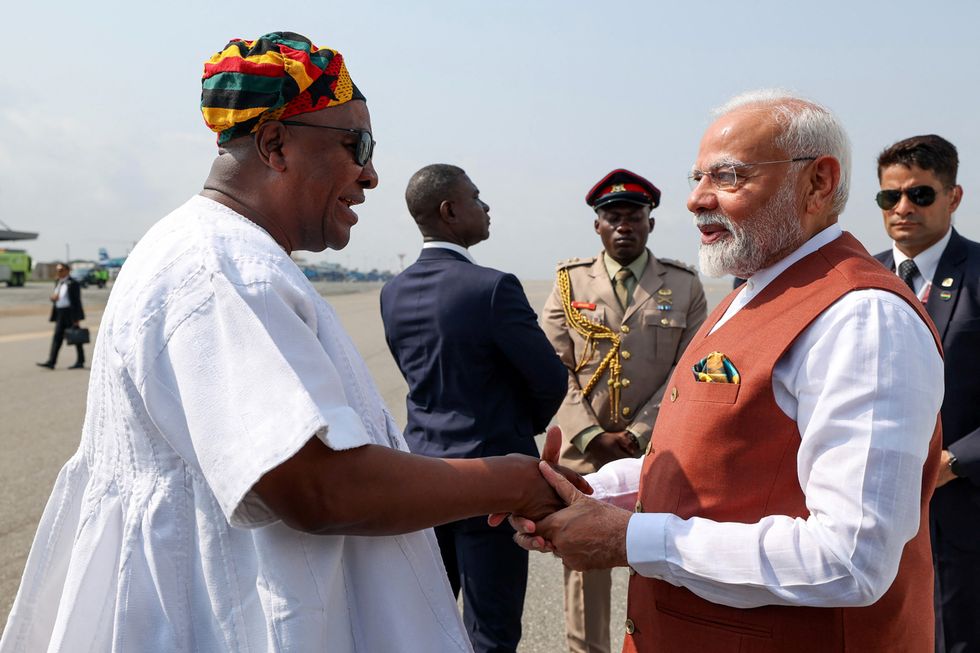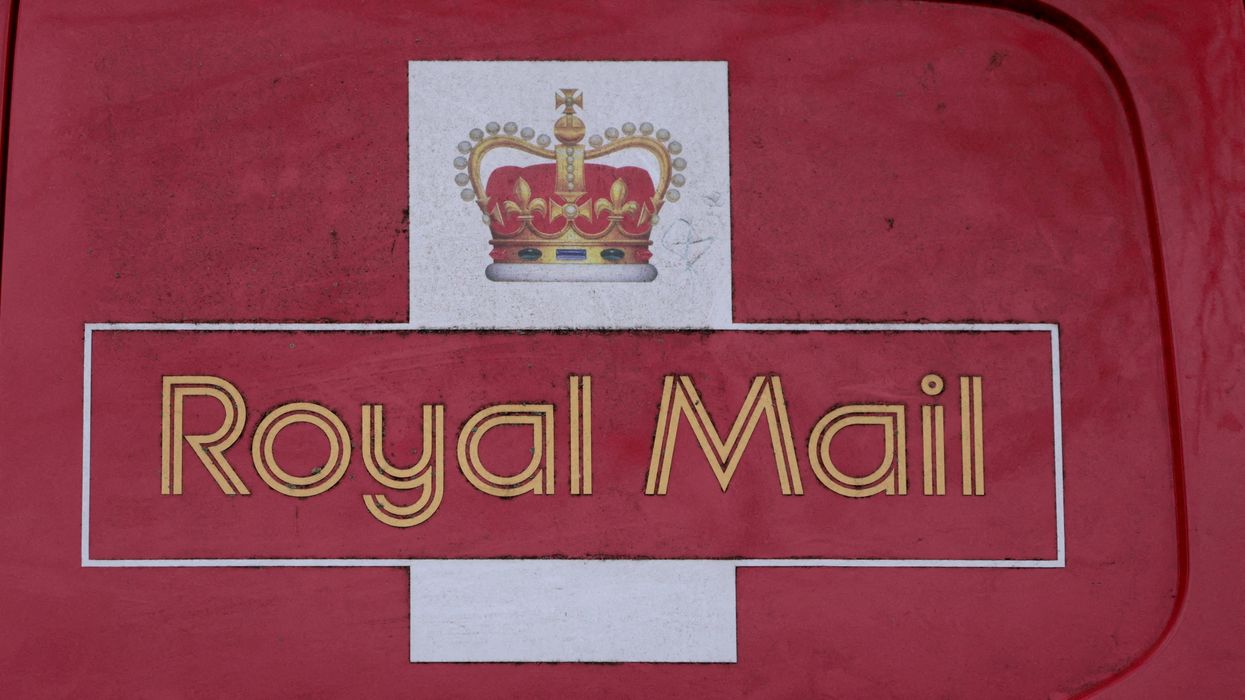By Nadeem Badshah
DR SANJIV NICHANI has been on the NHS frontline dealing with the coronavirus pandemic.
The experienced paediatrician at Leicester Children’s Hospital has been volunteering on the adult ward to treat patients with Covid-19.
The founder of the Healing Little Hearts charity told Eastern Eye about his experiences on the children’s and adult ward since the outbreak.
Day 1
It is a strange experience looking after adults, but as a doctor you have to rise to the challenge and rely on your basic principles and experience. The first step is wearing the gown covering your body and arms and personal protective equipment (PPE). You wear a face mask, specific for Covid-19 which keeps out 95 per cent of droplets, a visor, and you scrub your hands with alcohol and go in. Sometimes you wear two or even three pairs of gloves in procedures. It is a surreal atmosphere, hospital corridors are empty. Calm, but serious. A struggle with life and death.A 16-year-old with epilepsy came in, he had developed a high fever and cough. He had to be put to sleep in the emergency room, then taken to the intensive care unit on a ventilator. His seizures, fever and breathing difficulties were being managed. He made a recovery after three days, but he has to have his aggressive epilepsy managed separately.
Day 2
The Cpap machine has been in the news. An F1 company teamed up with a London to make it, the first step to manage patients. A 60-year-old man was on the machine, he was struggling, and had breathing difficulties. He then had to be put on a full machine with a perspex shield as cover over him to protect the team. We had to sedate him to put the breathing tube in to put him on the ventilator. We had to find an opening to the wind pipe. The breathing machine then takes over and uses a lot of oxygen. Once stable, we turned him on to his stomach. He was better a few days later. You have to be quick, efficient and safe. The adult patients’ team are there to do the procedures, which is what they do all the time. In Leicester, more nurses have been brought in from other wards. It is such a team effort to reduce the stress levels.Day 3
This day was different as the patient sadly passed away. You see some patients fighting for their life on a breathing machine, others recover, others who lose their life. You have to explain to their family what has happened. We spoke to his wife and son that we did everything possible. They got to see him to bid goodbye and say prayers. He had risk factors that coronavirus preys on – he was overweight and had diabetes. It was very sobering.When this happens, everyone gets concerned for the patient’s family that they might get this brutal disease, you might get it, your own family might get it. You go through a whole host of emotions. People on the frontline have done a heroic job.
Day 4
A 16-month-old boy came in with abdominal pain and diarrhoea. His heart rate was fast, he was cold, clammy and sweaty. We are hearing more evidence that children are presenting with Covid-19 symptoms of abdominal pain, while adults tend to have breathing difficulties. We gave him fluid resuscitation and got a heart scan done which shows it wasn’t pumping properly. We moved him up to the intensive care unit, covered him with a sheet, and put a catheter in his bladder to monitor his urine.We made a little line in the artery for his blood pressure in real time. Fortunately, he didn’t need to go on a breathing machine. The medicine kicked in. He had a scan six to eight hours later and his heart had improved. He was given a gastric tube from his nose to his stomach for milk to give him energy. By the next morning, he was looking much better and had recovered.
Day 5
As a doctor you assess the difficulties a patient has, make a treatment plan, and then the nurses give their observations on how they are doing.For a patient who had breathing difficulties, we did ‘proning’, which is turning the patient on to their tummy for 12-16 hours. It is a laborious process; they are on a breathing machine and heavily sedated, and he was very heavy. It takes six to eight people to turn them over. If you have a sudden movement and the breathing tube falls out, then it can be catastrophic. We then turned him back and he recovered.
The question is when will normality resume. This is a new phenomenon; it is deadly, brutal and a mystery. I agree with the government it is time to start normalising. In six or seven months, we are back in winter and Covid-19 may come back with a vengeance I fear.















 John Dramani Mahama welcomes Modi on his arrival in Accra last Wednesday (2)
John Dramani Mahama welcomes Modi on his arrival in Accra last Wednesday (2) South Africa’s president Cyril Ramaphosa, Brazil’s president Luiz Inacio Lula da Silva, Modi and China’s premier Li Qiang at the Brics summit last Sunday (6)
South Africa’s president Cyril Ramaphosa, Brazil’s president Luiz Inacio Lula da Silva, Modi and China’s premier Li Qiang at the Brics summit last Sunday (6)

